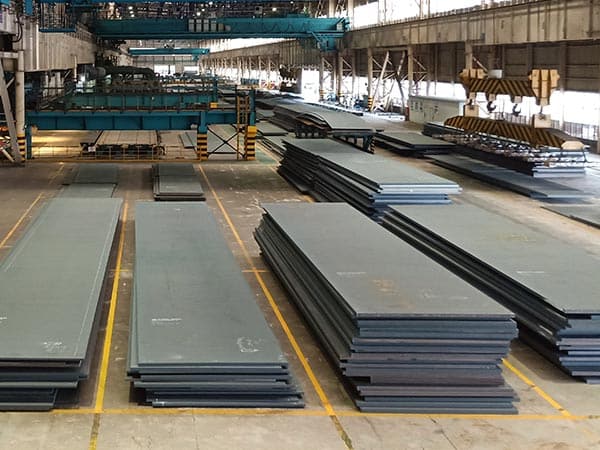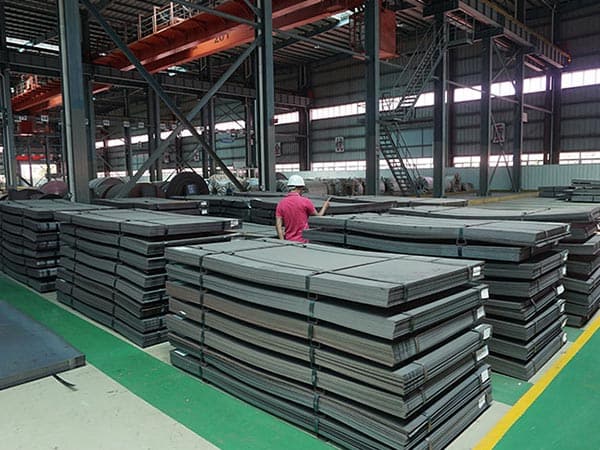JIS G3113 SAPH310 automobile structure steel plate

JIS G3113 SAPH310 introduction
JIS G3113 SAPH310's excellent bendability is crucial for producing intricate car components like chassis rails and crossmembers. Its moderate carbon content allows for cold forming without cracking, making it adaptable to various manufacturing processes. This flexibility, combined with its high strength, allows engineers to design lightweight yet robust car structures without compromising safety or performance.
JIS G3113 SAPH310 chemical composition
JIS G3113 SAPH310's strength owes much to its carefully balanced chemical composition. Iron, the primary ingredient, comprises around 97.5%, providing a robust base. Carbon, the key player in steel's strength, sits at around 0.11%, striking a sweet spot between high strength and good weldability. Manganese, at 0.8%, and silicon, at 0.25%, enhance hardenability and formability, crucial for shaping complex car parts. Other trace elements like sulfur and phosphorus are kept low to prevent brittleness and ensure weldability.
JIS G3113 SAPH310 Mechanical properties
| Grade | SAPH310 | ||
| Tensile Strength(N/mm²) | ≥310 | ||
| Yield Strength (N/mm²) |
Thickness (mm) |
<6.0 | ≥185 |
| 6.0~8.0 | ≥185 | ||
| 8.0~14.0 | ≥175 | ||
| Elongation % | Thickness (mm) |
1.6~2.0 | ≥33 |
| 2.0~2.5 | ≥34 | ||
| 2.5~3.15 | ≥36 | ||
| 3.15~4.0 | ≥38 | ||
| 4.0~6.3 | ≥40 | ||
| 6.3~14 | ≥41 | ||
| Bending Inside radius | Thickness (mm) |
<2.0 | - |
| ≥2.0 | 1.0 times of thickness | ||
| Bending angle | 180° | ||
JIS G3113 SAPH310, though an unsung hero of the automotive world, plays a vital role in shaping the future of cars. Its balanced combination of strength, ductility, and weldability makes it the ideal choice for building car structures that are both lightweight and robust. As the automotive industry strives for greater safety and efficiency, SAPH310 steel stands as a testament to the power of innovative materials in shaping the future of mobility.






Leave a Reply